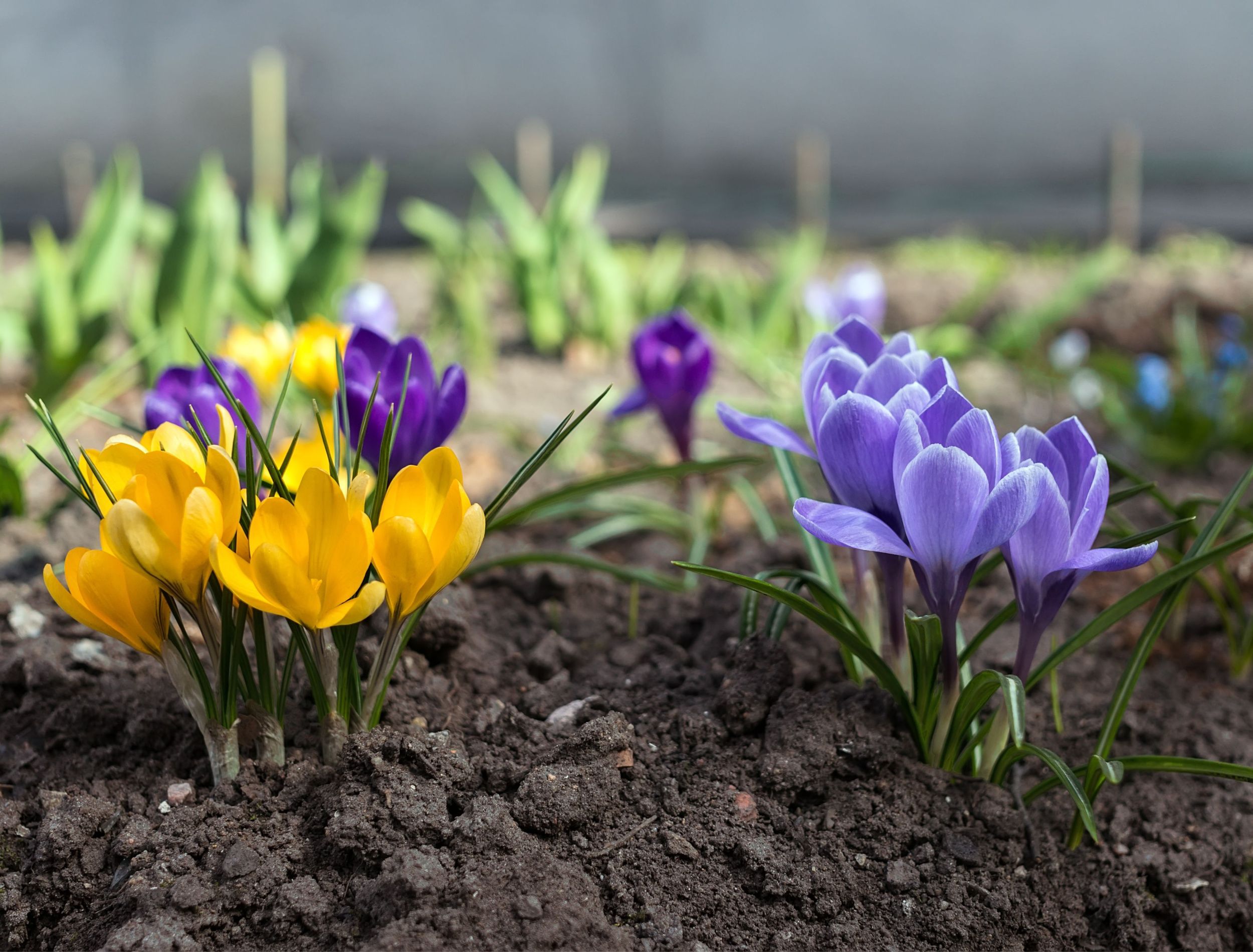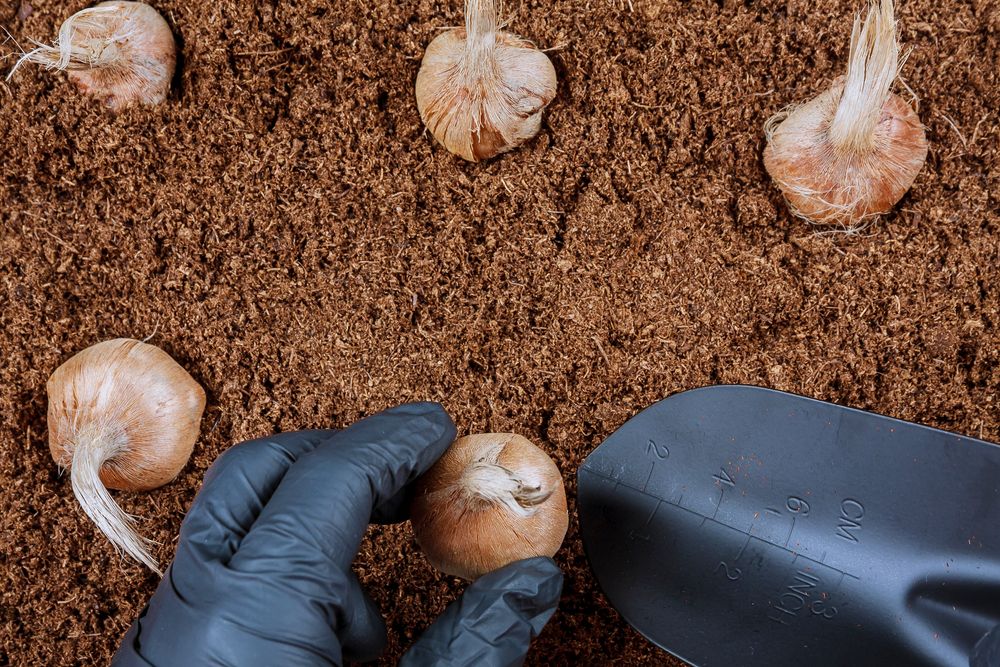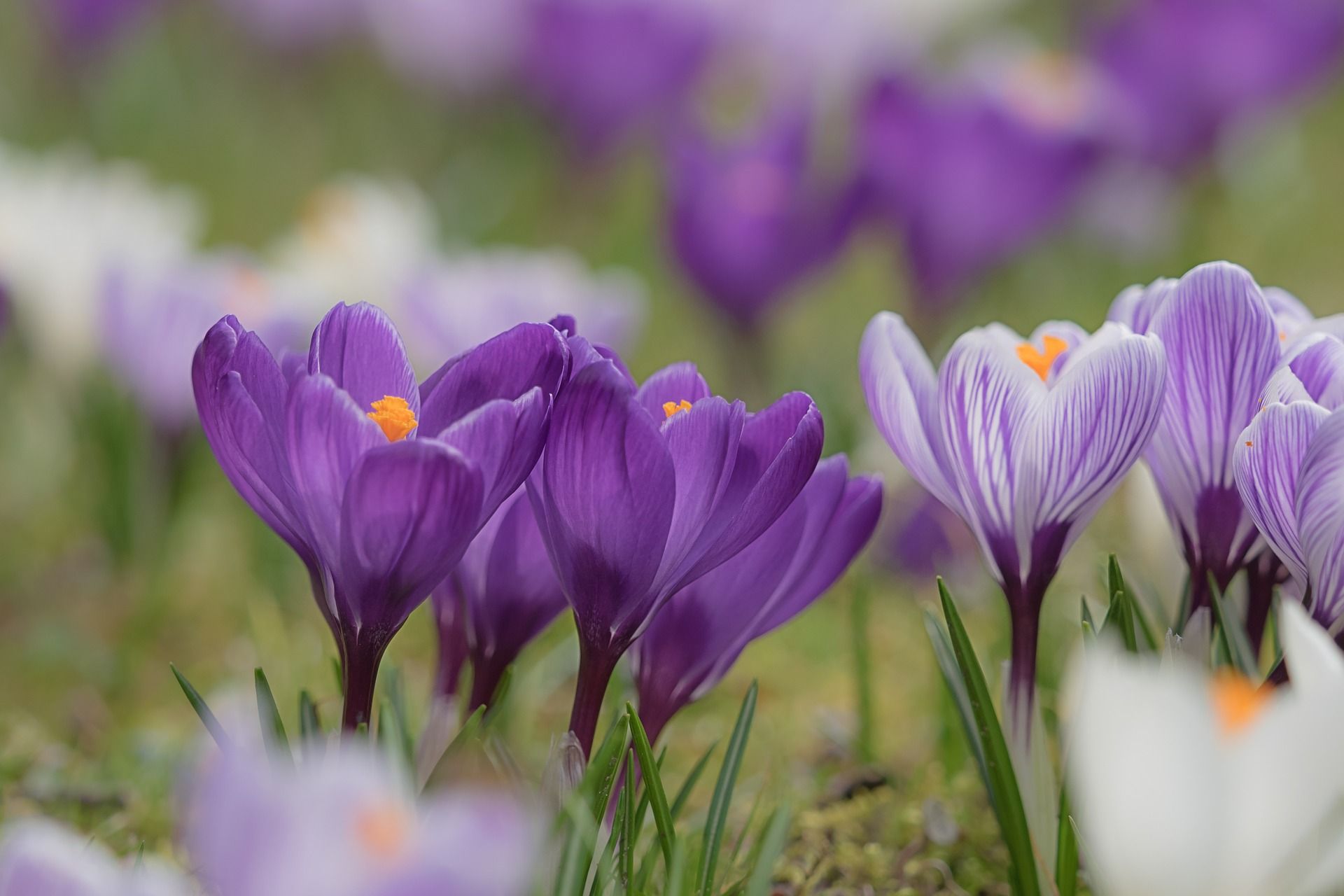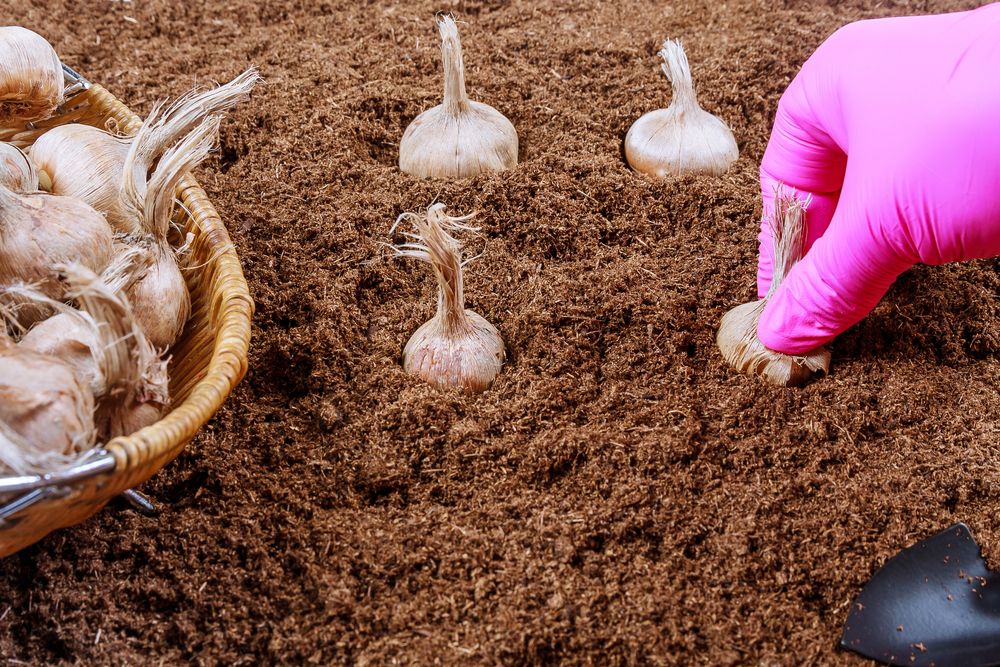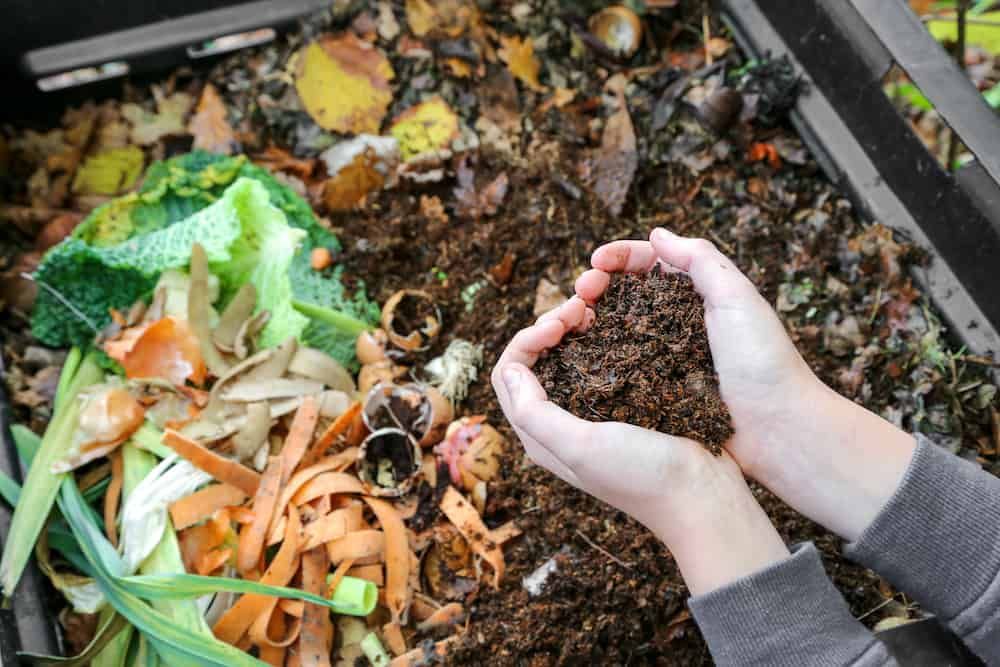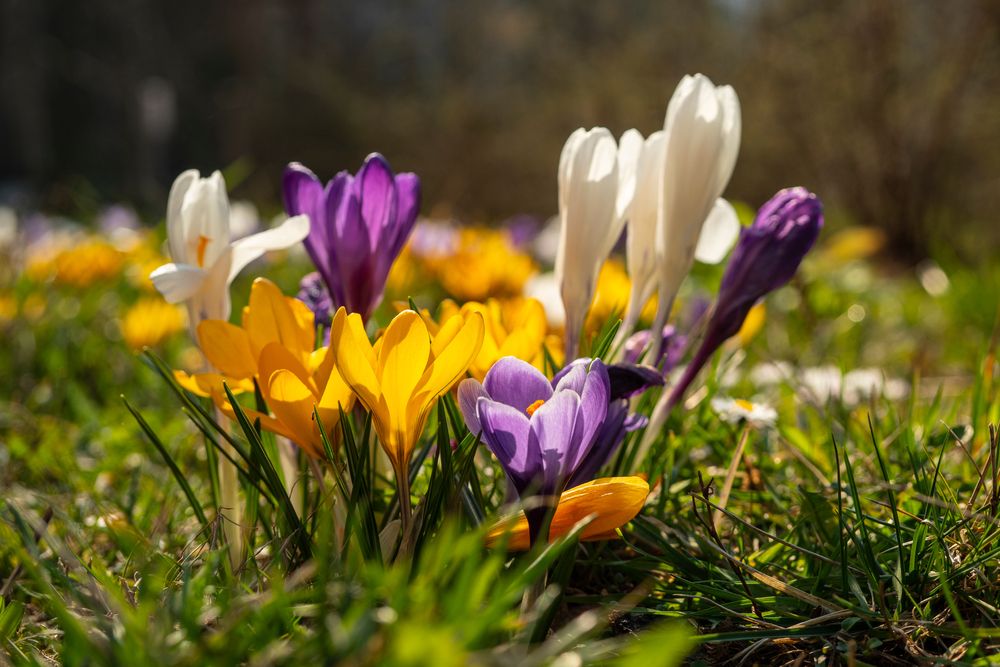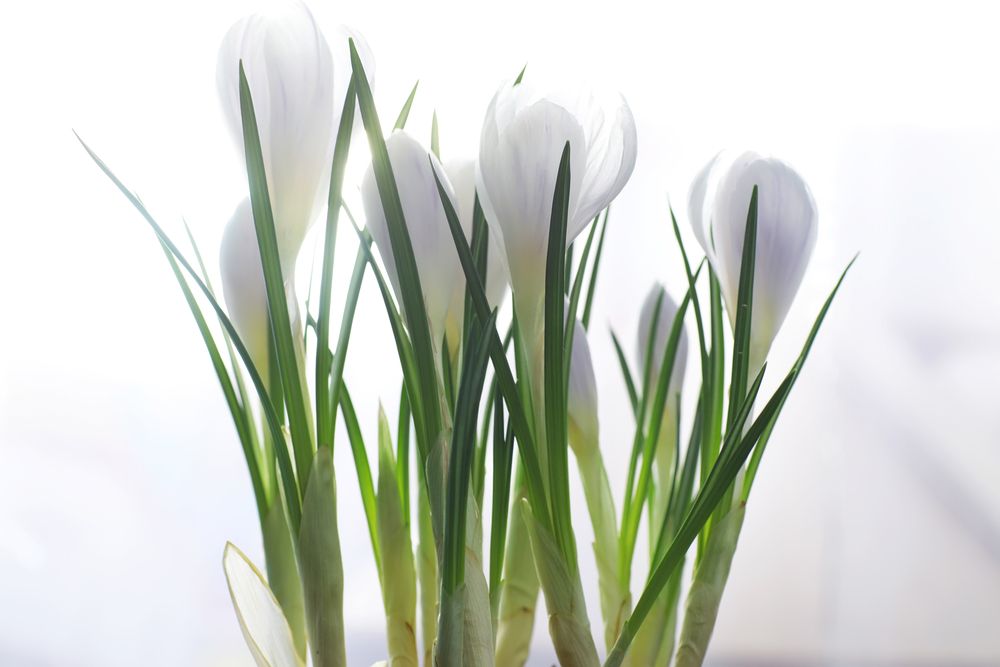Are you wondering how deep to plant crocus bulbs? Wonder no more! Just follow these simple steps and you'll be on your way to a colorful spring garden in no time. Crocus bulbs are a great way to add some early color to your garden, and they come in a variety of colors so you can find the perfect ones for your style. Plus, they're easy to care for - just make sure you water them well after planting and they practically take care of themselves! So, what are you waiting for? Start planting those crocus bulbs today!
How Deep To Plant Your Crocus Bulbs
Image credits: ZhakYaroslav via Shutterstock
When it comes to planting crocus bulbs, the general rule of thumb is to plant them 3 to 4 inches deep, with the point end up. You should space your bulbs 3 to 4 inches as well.
It should be noted, however, that if you live in an area with a high deer population, it is not recommended to plant crocus.
How To Plant, Grow and Care For Crocuses
Image credits: blickpixel via Pixabay
If you're looking to add a splash of color to your garden in early spring, crocuses are a perfect choice. These cheerful little flowers come in a wide range of colors, and they're very easy to grow. Here's how to get started.
Storing Your Bulbs
If you don’t plan on planting your bulbs right away, store your crocus bulbs in a cool, dry space. These bulbs tend to rot and mold if left in a humid area.
When to Plant
Image credits: ZhakYaroslav via Shutterstock
Crocuses can be planted in the fall, 6 to 8 weeks before the first frost. If you live in an area with a mild climate, you can even plant them in early winter.
Where to Plant
Crocuses prefer a sunny spot with well-drained soil. They also do well in rock gardens or along walkways where the soil is on the dry side. You can also plant the bulbs in groups or clusters in lawns and meadows.
How to Plant
Image credits: Jerome.Romme via Shutterstock
You can purchase crocus bulbs from your local nursery or online. As mentioned above, plant the bulbs 3 to 4 inches apart and 3 to 4 inches deep. Add compost to your soil at a depth of 10 inches prior to planting.
Watering and Fertilizing
Water your crocuses when the soil gets dry. They don't need a lot of fertilizer, but a light application of all-purpose fertilizer in early fall will help them to bloom more abundantly.
Mulching
Image credits: ronstik via Canva
Cover your crocus bulbs with mulch for the winter to keep the soil warm but remove the mulch in February so the flowers can come through.
Protecting Your Crocuses
In late winter and early spring, cover the flowers with plastic milk jugs against severe weather.
When to Expect Flowers
Image credits: EMpro via Shutterstock
Crocuses typically bloom in early spring, often before the last frost date. The flowers will last for about three weeks.
Caring for Your Crocuses
After the blooming period is over, allow the foliage to die back naturally. This helps the plant store energy for next year's flowers. Once the foliage has died back, you can cut it off at the base.
About The Crocus
Image credits: alexkich via Shutterstock
When spring arrives, one of the first signs is the colorful crocus poking its head through the snow. This hardy little plant is a welcome sight after a long winter.
Crocuses are members of the Iridaceae (Iris) family and are native to the Mediterranean, Eastern Europe, North Africa, and Asia. The name Crocus is derived from the middle English word for saffron, which comes from the crocus plant.
One of the most common types of crocuses is the Crocus sativus, or saffron crocus. This crocus produces the red stigma that is used as a spice and dye.
Crocus vernus, or spring crocus, is another popular type of crocus. These crocuses bloom in early spring and come in a variety of colors including white, purple, yellow, and pink.
Crocuses are low-maintenance plants that are easy to grow. They can be planted in the fall or spring and will naturalize, or spread, over time. However, in order to bloom, crocuses need to go through a period of cold weather.
Whether you are planting crocuses for their beauty or for their usefulness, these cheerful little flowers are sure to brighten up your spring.
In Summary
Planting crocus bulbs is easy and can add some much-needed color to your garden in the spring. If you’re looking for a little bit of extra guidance, just follow these simple steps – and make sure to water them well after planting! Do you have any tips or tricks for planting crocus bulbs? Leave a comment below and happy gardening!

